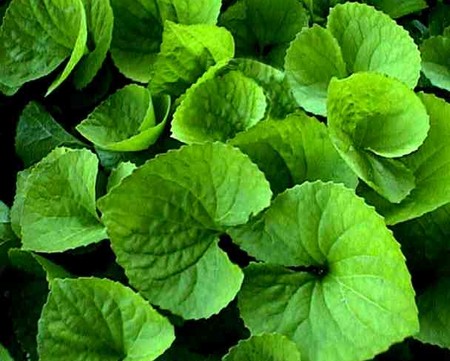Perhaps, the only thing that brings about some diversity in our world is the presence of trees and plants which are the most elegant, gorgeous, splendid, and magnificent gift of nature to mankind. Have you ever noticed closely the trees around you and the leaves they bear? If you have ever experience this, you must have been wondering how the leaves of each tree differs from the other in respect of their sizes, styles, shapes, colors and so on. This article will focus on the different types of leaves and will help you recognize the differences lying in them.
As trees come in several different types with variable sizes and shapes, leaves also come in different types with which vary in their shapes and sizes. Shapes and sizes of the leaves vary from tree to tree. Leaves can be found in different arrangements, different shapes, having different edges, sizes and colors. Leaves are classified into different types depending on their edges, shapes and arrangement. Let us have a look on some of the types of leaves.
Edge
Leaf’s margin or edge of a leaf comes in several different shapes or forms such as entire edge, toothed edge, and lobed edge. The leaves with entire edge are smoothed edge without any ridges. Toothed edge leaves are either singly toothed-edge or doubly toothed edge. The leaves with singly-toothed edge are called dentate leaves and the leaves with doubly-toothed edge are called serrate leaves. Lobed edge leaves have either small or large lobes. They have smooth edges.
Shape
The second way to group the leaves into its different types is through their shapes. Shape is basically the broad part of the leaf called blade or lamina. There are several different shapes of leaves such as cordate, elliptic, acicular, hastate and ovate leaves. Cordate leaves are broad based, having a pointed tip and triangular in shape. Elliptic leaves are elliptical in shape, having a variable proportion of width to height. Acicular leaves have a needle like shape, e.g. leaves of pine trees. Hastate leaves have an appearance like lobed leaves, having three lobes end in a single point rather than being having a rounded edge. Ovate leave are similar to cordate leaves with just a single difference of having a round tip rather than pointed as cordate.
Arrangement
The third way to classify leaves into different types is based on their arrangement. Generally, leaves have two types of arrangement that is: simple and compound. Simple arrangement of leaves refers to the fact that each leaf is connected to the stem individually with a single blade along with independent vein structure. Compound arrangements of leaves contain several smaller leaflets attached to the main leaf stem. All the leaflets are of similar shape and depending on the type of tree the arrangement can be classified into two types: alternate arrangement and opposite arrangement. The position of the leaflets in alternate arrangement differs along the stem. While the leaflets grow in pairs, opposing each other along the leaf stem in an opposite arrangement. Different types of trees have different number of leaflet pairs.

